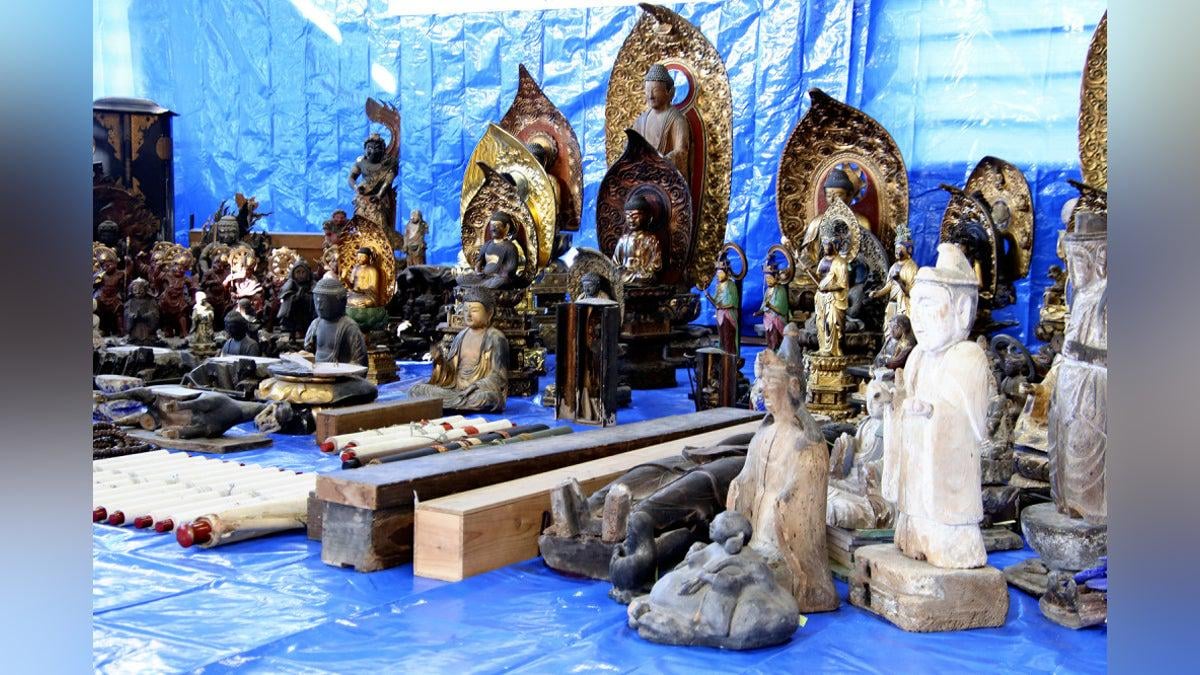
On August 1, a 48-year-old man in Tamura City, Fukushima, was sentenced to 2 years and 6 months in prison for stealing Buddhist statues and other items from temples. He had targeted unattended temples, known as mujū-dera, that have no resident priests.
According to the court, between September and November last year, he broke into 9 temples in places like Miharu and Sukagawa and stole 47 statues. Police believe he committed about 60 similar thefts across both Fukushima and Miyagi Prefectures, stealing nearly 190 items in total.
The stolen statues were sold to antique dealers and then passed through other hands before ending up at auctions. While police recovered many of the items, some are still missing.
Prosecutors said the man researched his targets online. If a temple listed a phone number, he avoided it, assuming someone was nearby. He chose places that were isolated and had no caretakers.
In one temple in Koriyama, the priest manages several sites alone and has no time or resources for security. He’s now considering asking temple members (called danka) to help with monitoring.
At another temple in Sukagawa, a valuable cultural asset statue was stolen earlier this year, also by the same man. Since then, temple members have started regular patrols and installed locks.
This string of thefts raised concern about how to protect cultural items. In Wakayama, which also experienced similar thefts, the local government made a guide in 2023 recommending multiple locks and security cameras.
Another problem is identifying the rightful owners of recovered items. Some statues weren’t officially registered or photographed, making it hard to prove ownership. Experts say taking even one photo or recording measurements can help prevent stolen items from being lost forever.
If no owner comes forward, recovered statues may eventually be handed over to local museums after court procedures.
by MagazineKey4532
